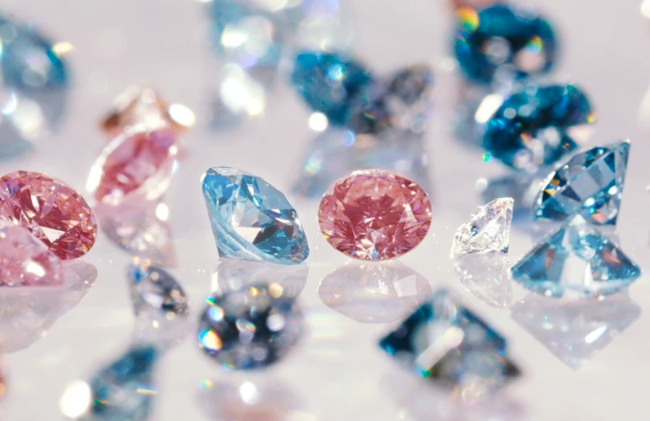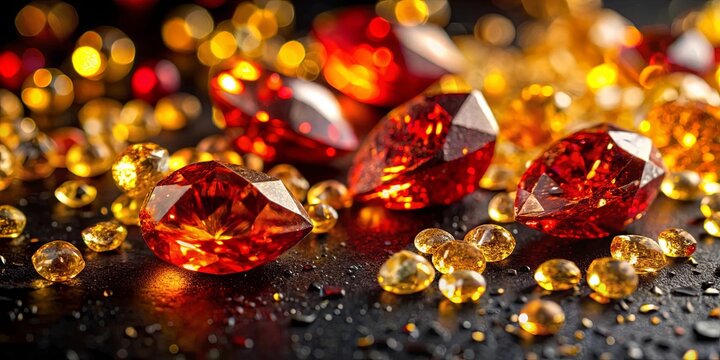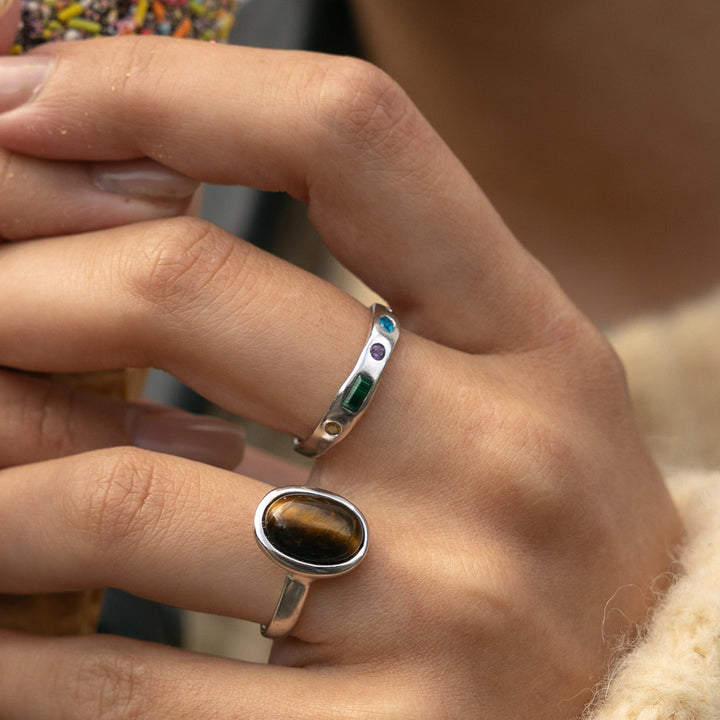
Diamonds have long been admired for their brilliance, rarity, and beauty. However, understanding the true value of a diamond requires more than just admiring its sparkle. The 4Cs—Cut, Clarity, Color, and Carat weight—are the key factors that determine the quality and worth of a diamond. Each of these factors plays a significant role in the diamond’s appearance, durability, and value. The 4Cs diamonds importance cannot be overstated as they help both consumers and professionals assess the diamond’s overall appeal and worth. This article explores why each of the 4Cs matters and how they contribute to the importance of diamonds.
The Role of Cut in Diamonds
When discussing the 4Cs diamonds importance, the cut is often regarded as the most significant factor. The cut refers to how well the diamond has been shaped and faceted, affecting its brilliance and sparkle. A diamond with an excellent cut will reflect light in a way that maximizes its brilliance, while a poorly cut diamond can appear dull and lackluster, no matter how perfect its other attributes might be.
The cut is crucial because it impacts the way light interacts with the diamond. A well-cut diamond will have optimal proportions, symmetry, and finish, which allows light to be refracted in a way that enhances the stone’s beauty. When considering the importance of the 4Cs diamonds, the cut should be a priority because it directly influences the visual appeal of the diamond. A poor cut can dramatically reduce a diamond’s value, making it a critical consideration for anyone looking to purchase a high-quality stone.
Clarity: Understanding the Importance of a Flawless Diamond
Clarity is another essential aspect of the 4Cs diamonds importance. It refers to the presence of internal or external imperfections, known as inclusions and blemishes. The fewer imperfections a diamond has, the higher its clarity grade, and consequently, its value. However, it’s important to note that most inclusions are microscopic and difficult to see without magnification. In some cases, slight inclusions may not be noticeable to the naked eye but can still impact the diamond’s overall quality.
Clarity plays a role in the diamond’s transparency, as any flaws can interfere with the way light passes through the stone. The cleaner the diamond, the more light it can reflect, which in turn enhances its brilliance. A diamond with excellent clarity will typically cost more, but its value is also tied to its visual appeal. When considering the 4Cs diamonds, clarity is an important factor that ensures the diamond maintains its shine and purity, both visually and physically.
Color and Its Impact on Diamond Value
Color is another important component in determining a diamond’s quality. Contrary to what some might believe, the most valuable diamonds are not always the ones that appear colorless. Diamonds are graded on a scale from D (colorless) to Z (light yellow or brown), with D being the most desirable and expensive. The less color a diamond has, the more it will sparkle and shine, making it highly sought after.
The importance of color in lab created diamonds is linked to its ability to reflect light. A colorless or near-colorless diamond allows more light to pass through, which enhances its brilliance and overall visual appeal. A diamond with noticeable color may appear dull and less attractive, which can reduce its value. When considering the 4Cs diamonds, it is essential to find a balance between color and other factors like cut and clarity to ensure you are getting the best value for your money.
Carat Weight and Its Significance in Diamond Value
Carat weight refers to the size of the diamond and is often the most obvious factor when assessing the stone’s value. Larger diamonds are generally more expensive, but carat weight should not be considered in isolation. A larger diamond may have a lower cut or clarity grade, which could affect its overall appearance and value. Conversely, a smaller diamond with an excellent cut and high clarity can be just as valuable, if not more so, than a larger stone.
The importance of carat weight in the 4Cs diamonds comes into play because it influences the diamond’s size and presence. A larger diamond will naturally be more noticeable, but its quality should also be taken into account. A diamond’s carat weight is often a key determining factor in pricing, but it is essential to look at the 4Cs as a whole to understand the full picture of the diamond’s value.
Conclusion: The 4Cs Diamonds Importance in Selecting the Perfect Stone
In conclusion, the 4Cs diamonds importance cannot be underestimated. These four factors—cut, clarity, color, and carat weight—serve as the foundation for assessing the value, quality, and overall appeal of a diamond. Whether you are purchasing a diamond for an engagement ring, a gift, or an investment, understanding how each of the 4Cs contributes to the diamond’s beauty and worth is essential.
A diamond’s cut plays the most significant role in its brilliance, while clarity ensures the stone’s purity and transparency. Color impacts the overall sparkle of the diamond, and carat weight influences the diamond’s size and presence. Together, these elements form the essential characteristics that make a diamond truly exceptional.
By paying attention to the 4Cs diamonds, you can make a more informed decision and select a diamond that not only fits your budget but also reflects the unique qualities you are looking for. Whether you prioritize size, brilliance, or clarity, understanding the 4Cs diamonds importance will help you select a stone that fits your needs and exceeds your expectations.









